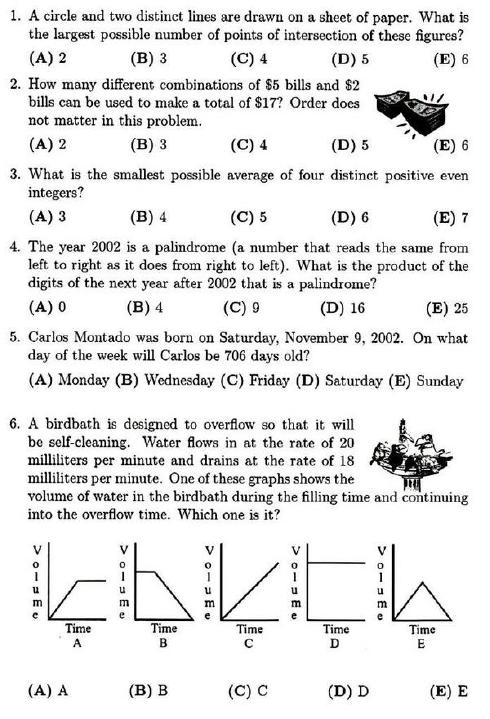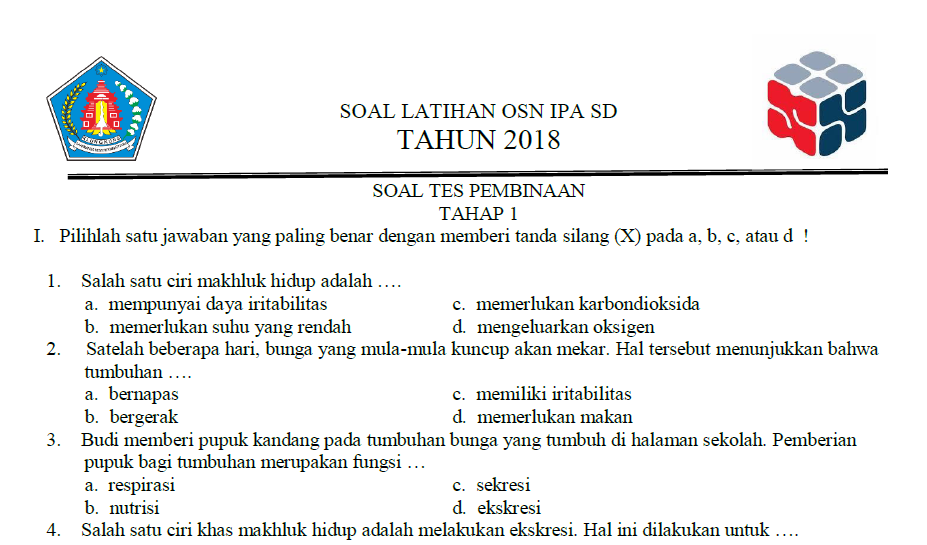

He usually arrives at his school in thirty minutes. He goes to school on foot at a quarter to six. “He wears glasses.” “Glasses” has the same meaning with. “… and fair complexion.” “Complexion” is similar in meaning to …. “He is very handsome.” “Handsome” is similar in meaning to. He has a sharp nose dark hair, and fair complexion. Kami dan semua pembaca Adi Fun Learning akan sangat senang membaca respon dari Anda. Jikalau masih ada yang ditanyakan, jangan ragu untuk menuliskannya di kolom komentar. He is seventeen, five years elder than I. Di bawah ini adalah 40 soal pilihan ganda untuk olimpade mata pelajaran Bahasa Inggris jenjang SD yang sudah dilengkapi dengan kunci jawaban. How long The text below is for questions number 16 to 19 Ahmad is my elder brother.

is your father?" Ferli : "He is 43 years old." A. do you want?" Susanti : "The Australian ones, please!" A. Susanti : "Can I have some apples, please?" Salesman : ". have of I a shoes black pair 1 2 3 4 5 6 7 A. is a kilo of these apples?" Seller : "Ten-thousand rupiahs, Madam." A. Mimi : "Susi, this is Nina." Susi : "Hi, Nina. Such information concerning the structure of the universe was seen as necessary for artists to understand in order to reveal the beauty buried in imperfect material existence.1.

The attempts made to categorize and map the human body were understood by art-theorists, astrologers and cosmologists as an attempt to reveal the macrocosm of the universe, and thus reveal its “divinely” ordered beauty in the microcosm of man. Like Lomazzo, Gallucci knew that the usefulness of the text as a reference guide for artists needed to be supplemented with a broader understanding of the natural sciences. The volume would complement (and even become more popular than) the encyclopedic Trattato (1584) of Lomazzo and his philosophical apologia the Idea del Tempio (1590). This new translation and commentary of the most influential study on proportion theory for artists includes an introduction that contextualizes the treatise and sets it within the dialectic of arts education in an era of institutionalization.


 0 kommentar(er)
0 kommentar(er)
